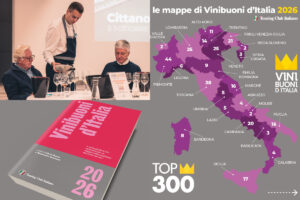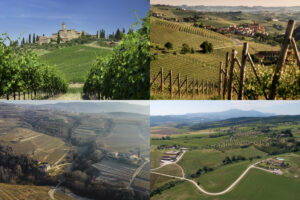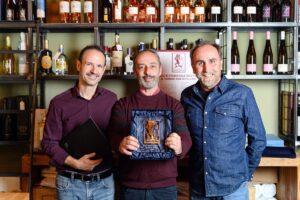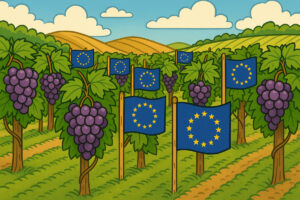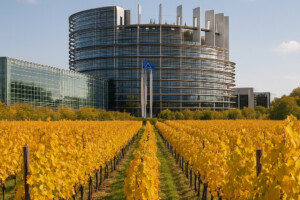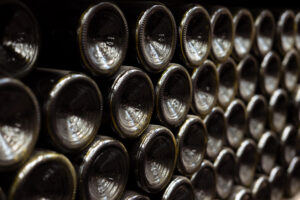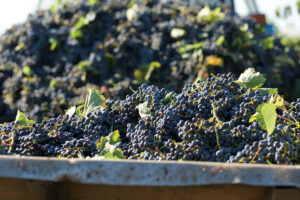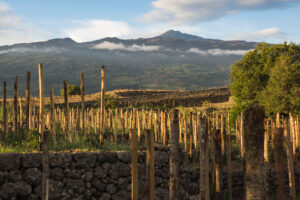“Even though our numbers are still small, the wine we produce with Barbera grapes has grown the most in percentage terms in recent years - from 45% per year in the three-year period 2015-2017, to 8.754 hectoliters last year. In the same period, hectares registered with Nizza DOCG have increased 50% per year, reaching around 200, and we are still at less than a third of the estimated potential of the denomination, which is around 700 -750 hectares”, stated Gianni Bertolino, president of Nizza Producers Association, which has 51 member companies, and is working toward the development of Nizza, the summit of the quality Barbera world that is experiencing a second youth and driving the territory, as the president of Barbera d'Asti Consortium and Vini del Monferrato, Filippo Mobrici, had already explained (https://goo.gl/hmmM7x).
Nizza, as WineNews already stated, has decided to narrate its territory through a mapping of its vineyards, highlighting the crus and their distinctive features, and has entrusted the task to a real authority on the subject, Alessandro Masnaghetti of Enogea, who signed the “Meeap of Nizza”. It took many months to complete the map, recently presented in Nizza Monferrato, “during which Masnaghetti travelled the entire territory inch by inch”, explained a note, “and met each producer. According to Masnaghetti, local tradition is the key element for demarcating the boundaries of a cru, because it is precisely those who have lived in the territory for generations that have a historical memory of names of places and vineyard positions. Another important element that defines the extent and morphology of a cru is the landscape, because the changes in landscape and vegetation give important indications on the type of soil and consequently mark boundaries and changes”.
Vallarasca, Bricco di Nizza, Corte, Saline, Italiana and Gavelli, are just some of the names of the vineyards and the “crus” of a small and limited territory that expresses great diversity and variety. It is a fascinating study, which is not equivalent to a “tout court” zonation, but which accurately photographs the production area of Nizza, and its 18 municipalities. It is a new, important tool for promoting a beautiful territory protected by UNESCO. It is a part of the territorial development plan and the Nizza controlled and guaranteed denomination of origin, approved by Ministerial Decree in November 2014 (www.ilnizza.net).
Copyright © 2000/2025
Contatti: info@winenews.it
Seguici anche su Twitter: @WineNewsIt
Seguici anche su Facebook: @winenewsit
Questo articolo è tratto dall'archivio di WineNews - Tutti i diritti riservati - Copyright © 2000/2025











